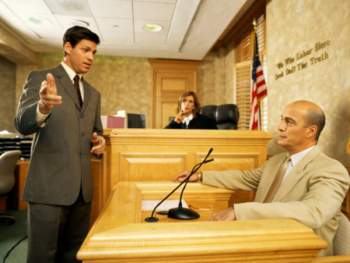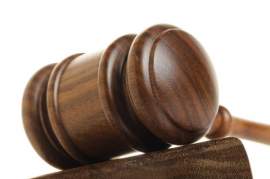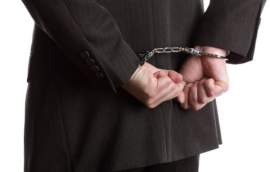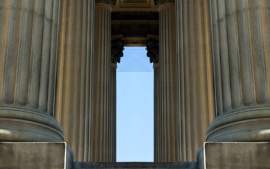
Estes v. Texas

Estes v. Texas
In 1962, the ability to take cameras into the courtroom was very new. Television broadcasts themselves had really only taken off about a decade before, and live broadcasts of news events were still very uncommon. A trial for Billie Sol Estes, who was eventually convicted of swindling, was among the first cases to be recorded and broadcast in both audio and video to a national audience. The 1965 Supreme Court case resulting from Estes' trial, Estes v. Texas, started because Estes claimed he had not gotten a fair trial due to the use of cameras both during the trial proceedings and during pre-trial and the change of venue hearing.
Cameras in the Courtroom
Today, when cameras are taken into courtrooms (which is only allowed in some courts), they tend to be relatively small and unobtrusive. Camera technology to make small cameras wasn't available in 1962, though, when Estes had his trial. Courtroom video showed a veritable media circus, with a dozen cameramen and many cables laying on the floors of the courtroom. The cameramen were disruptive and their equipment was noisy, making the courtroom substantially more chaotic than it would normally have been.
The cameras hadn't just been allowed at the actual trial itself. Because there was a great deal of national media interest in the Estes case and Estes was aware that it could be recorded, he made a pre-trial motion to ban recording and broadcasting of the trial in the media.
The hearing for this motion took several days—and the entire hearing was recorded. The recording included publicizing scandalous facts and emphasizing the defendant's notoriousness in the community. While not all of the trial itself was actually allowed to be recorded, the opening and closing arguments were, as was the issuing of jury instructions and the return of the guilty verdict.
Juries and Courtroom Broadcasts
Estes maintained in Estes v. Texas that not only had it been wrong for the state to have allowed the trial to be recorded, in whole or in part, but also that it violated his rights for the pre-trial hearing on his motion to ban recordings to be broadcast. His biggest supporting evidence for this claim was the fact that at least four jury members in his case had heard the broadcast, which Estes believed was highly prejudicial.
Supreme Court Decision
The court decided that Estes was right—his right to a fair trial had been negatively impacted by the broadcasts he had attempted to stop. The court recognized that journalists had a First Amendment right to cover the trial in some way, but also said that journalists should never have the ability to make the courtroom environment unsuitable for a trial.
In response to the argument that the press must be allowed to record and broadcast trials as a service for members of the public, the Supreme Court replied that the public's needs in this area are served by the fact that courtrooms are public spaces, and ordinary people are free to go to any trial they wish and be a part of the audience, as well as reporting on what they saw during that trial.



















